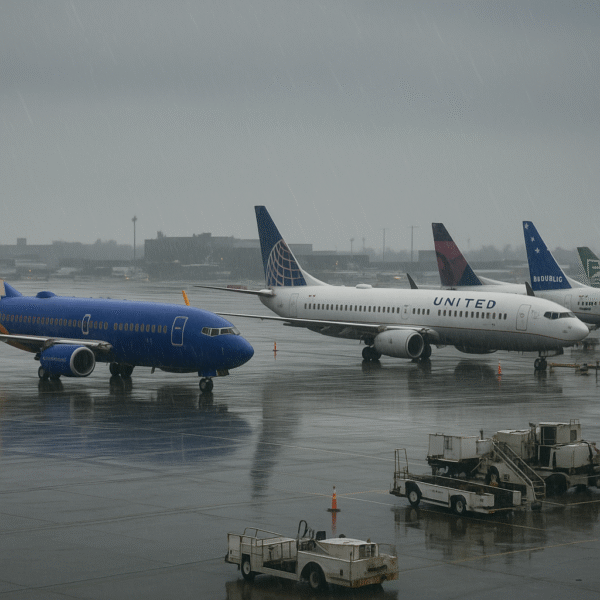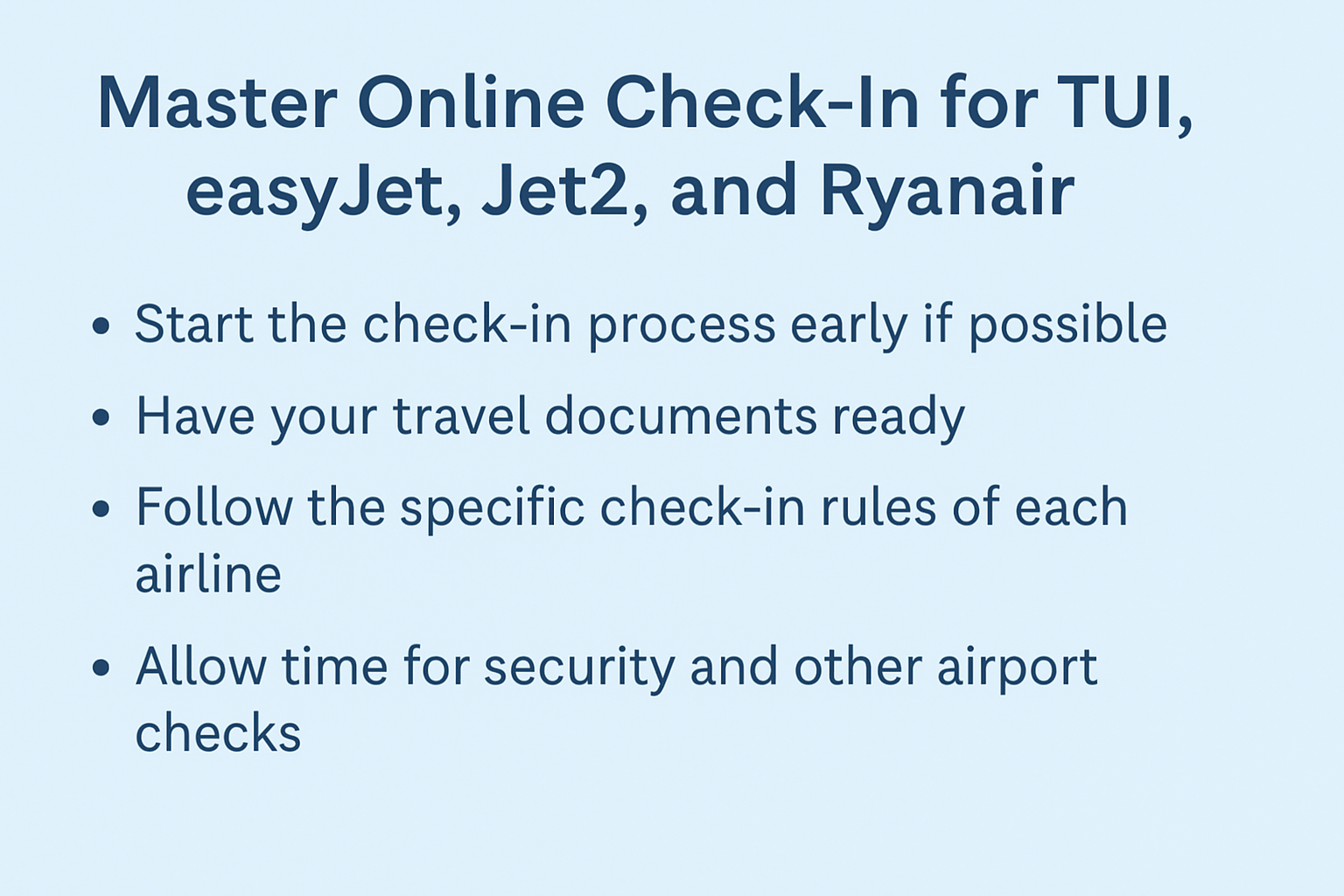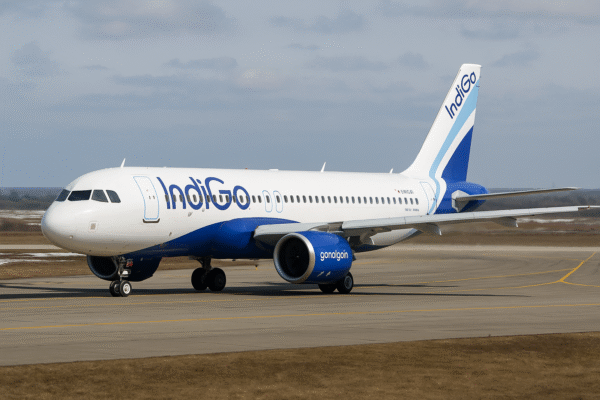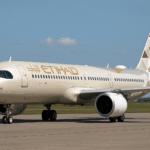IndiGo Surpasses $10 Billion in Revenue, Accelerates Global Expansion with New Routes and Modern Fleet
In a defining moment for Indian aviation, IndiGo has officially crossed the $10 billion annual revenue milestone, marking a significant leap toward becoming a global aviation powerhouse. Founded in 2006, the low-cost carrier has evolved into India’s largest airline by market share and fleet size, and its latest financial achievement now sets the stage for aggressive international expansion.
The milestone not only highlights IndiGo’s dominance in domestic air travel but also reinforces its readiness to compete on the global stage. With international connectivity becoming a strategic priority, travelers can expect a significant boost in non-stop global routes, affordable fares, and better travel experiences.
From Domestic Leader to Global Challenger
IndiGo began operations with a clear mission—make air travel affordable and reliable for the Indian middle class. Its no-frills model, operational efficiency, and on-time performance rapidly helped the airline rise to the top of India’s aviation sector.
According to the Directorate General of Civil Aviation (DGCA), IndiGo commanded over 60% of India’s domestic air passenger traffic in 2024, transporting over 100 million passengers. Now, with rising passenger demand and supportive government aviation policies, IndiGo is turning its attention to the skies beyond India.
Smart Investments Powering Growth
At the heart of IndiGo’s success is its strategic fleet modernization. The airline has continued to invest in fuel-efficient aircraft like the Airbus A320neo and A321XLR, optimizing costs and improving passenger comfort.
IndiGo’s current fleet exceeds 360 aircraft, and with over 900 planes on order, including the long-range A321XLR, it is well-positioned to expand its global footprint over the next decade. These aircraft are expected to power new long-haul international routes, reducing the dependency on codeshare or hub-and-spoke models and bringing direct global connectivity from Indian cities.
Government Policies Fueling Aviation Momentum
The Indian government’s commitment to aviation growth through the UDAN scheme (Ude Desh ka Aam Nagrik) and regional airport upgrades has played a vital role in boosting domestic and regional connectivity. This policy support is also enabling airlines like IndiGo to scale operations beyond India.
India’s Ministry of Civil Aviation has set ambitious goals under the National Civil Aviation Policy, encouraging airlines to expand international routes while ensuring airfares remain competitive and passenger experience is enhanced.
Global Route Expansion: Connecting India with the World
In tandem with its financial achievement, IndiGo has unveiled an aggressive international route development strategy. The airline has recently launched or announced non-stop flights to destinations including Dubai, Singapore, Bangkok, Istanbul, and London Gatwick.
In 2025, IndiGo plans to launch long-haul services connecting Indian metros with Europe, Australia, and the U.S., targeting both diaspora and business travelers. This comes at a time when global aviation markets are increasingly seeking low-cost, direct connectivity with India—a market expected to become the third-largest aviation market in the world by 2026.
For Indian travelers, this means not just more flight options, but also reduced travel time, competitive fares, and seamless connectivity to global destinations.
Strengthening India’s Aviation Ecosystem
IndiGo’s success is part of a larger national narrative. India’s aviation sector is undergoing a renaissance, with airport infrastructure upgrades, new terminal launches, and regional airstrip activations. Airports in Delhi, Mumbai, Bengaluru, and Hyderabad are expanding to accommodate rising passenger loads and global airline partnerships.
IndiGo’s global expansion will also boost tourism and business travel inflows to India, particularly from Gulf countries, Europe, and Southeast Asia, while simultaneously offering better outbound travel experiences to Indian citizens and NRIs.
A Vision for the Future: Global Leadership
IndiGo’s $10 billion revenue milestone is more than a financial feat—it’s a declaration of its intent to reshape international aviation. The airline is now competing with global low-cost giants like Ryanair, Wizz Air, and AirAsia, while simultaneously enhancing its position as a trusted brand in emerging markets.
The future roadmap includes expanding international partnerships, increasing cargo operations, investing in AI-based customer service technologies, and exploring sustainable aviation fuel (SAF) as part of its long-term decarbonization strategy.
Conclusion: IndiGo’s Sky-High Ambitions
As IndiGo enters its next phase of global growth, the airline is clearly transforming from a domestic budget carrier to an international low-cost aviation leader. With new international routes, a fuel-efficient fleet, and a strong financial foundation, the airline is well-positioned to revolutionize how India connects with the world.
For travelers, this evolution offers the promise of more destinations, better flight experiences, and increased affordability. For India’s aviation sector, it reinforces the country’s place on the global aviation map—led by a homegrown airline with global ambition.
For more travel news like this, keep reading Global Travel Wire



















